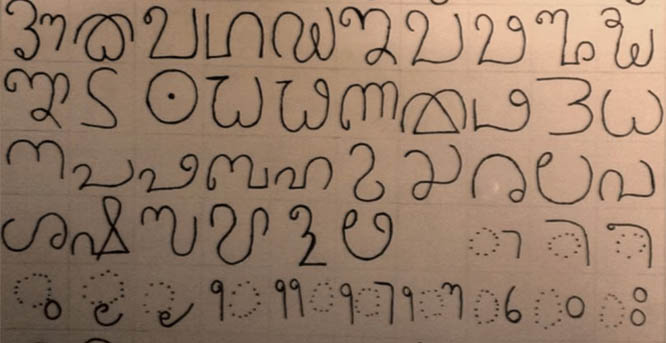The escalation of tension along the Russia-Ukraine border is a matter of deep concern and the developments have the potential to undermine peace and security of the region, India has told the UN Security Council, calling for restraint on all sides.
During the emergency UNSC meeting, India issued a statement saying that the "well-being of Indians is of priority".
"Safety and security of civilians essential. More than 20,000 Indian students and nationals live and study in different parts of Ukraine. The well-being of Indians is of priority to us," India's Permanent Rep to United Nations TS Tirumurti said at UNSC meet on Ukraine, according to a news agency.
“We have been closely following the evolving developments relating to Ukraine, including developments along the eastern border of Ukraine and the related announcement by the Russian Federation.
"The escalation of tension along the border of Ukraine with the Russian Federation is a matter of deep concern. These developments have the potential to undermine peace and security of the region,” Tirumurti said at an emergency UNSC meeting on the situation in Ukraine Monday night.
India called for restraint on all sides.
"The immediate priority is de-escalation of tensions taking into account the legitimate security interests of all countries and aimed towards securing long term peace and stability in the region and beyond,” Tirumurti said.
Russian President Vladimir Putin ordered forces Monday to “maintain peace” in separatist regions of eastern Ukraine, hours after the Kremlin recognised the area's independence. The announcement raised fears that an invasion was imminent, if not already underway.
The Kremlin decree, spelt out in an order signed by Putin, left unclear when, or even whether, troops would enter Ukraine. But it brought swift promises of new sanctions from the US and other Western nations and underscored the steep challenges they face in staving off a military conflict they have portrayed as near-inevitable.







Comments
Add new comment